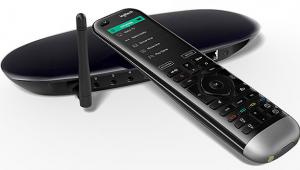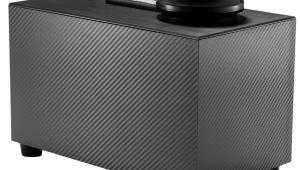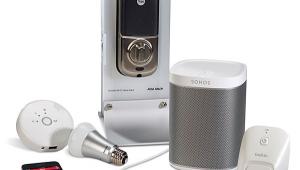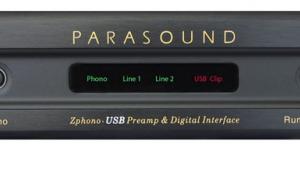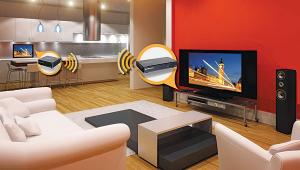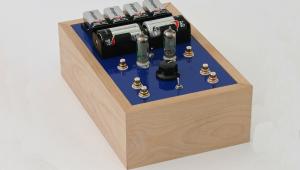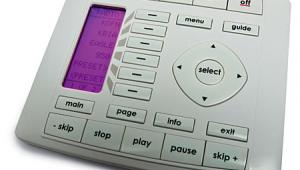PS Audio P300 Power Plant Page 2
 From the minute I connected it to my audio system, I knew I was going to like the Power Plant. Finally, here was a power line conditioner (sorry, Paul) where all of the changes were positive, with no negative sonic problems that I could find. The effect was as if someone had fitted a contrast control to my preamp and turned it way up. The sound was amazingly more open and easy to follow, bass was more tuneful, and the overall sound was much cleaner—without the loss in detail experienced with most other devices. Even frequently unappreciated qualities like pacing and rhythm were significantly better. The effects were also beneficial when I moved it into my home theater, with definite improvements in both picture and audio quality. The output of my DVD player looked subjectively cleaner and more filmlike, and the benefits to the spatial qualities and bass reproduction with a B&K pre/pro were not subtle.
From the minute I connected it to my audio system, I knew I was going to like the Power Plant. Finally, here was a power line conditioner (sorry, Paul) where all of the changes were positive, with no negative sonic problems that I could find. The effect was as if someone had fitted a contrast control to my preamp and turned it way up. The sound was amazingly more open and easy to follow, bass was more tuneful, and the overall sound was much cleaner—without the loss in detail experienced with most other devices. Even frequently unappreciated qualities like pacing and rhythm were significantly better. The effects were also beneficial when I moved it into my home theater, with definite improvements in both picture and audio quality. The output of my DVD player looked subjectively cleaner and more filmlike, and the benefits to the spatial qualities and bass reproduction with a B&K pre/pro were not subtle.
The performance of the Power Plant is truly impressive, but there are a couple of ergonomic downsides. You know how I said we could only make a somewhat smaller house from the remains of our old, rundown one? Well, there's a similar problem with the Power Plant. Because it's essentially a fairly inefficient amplifier, the P300 generates a fair amount of heat during use. That's not really an issue when listening to the system. However, like most audiophiles, I like to keep everything except my power amp on all of the time, but—because my equipment is now plugged into the P300—I have to keep that on, too. Perhaps PS Audio could come up with a standby mode that connects the power coming into the P300 directly to the output, allowing us to keep the equipment on without the heat and cost of running the Power Plant continuously. The other problem is that some equipment has its power transformer tuned to be quiet at 60 Hz. When you step the frequency higher, it will start to buzz. PS Audio has been doing a lot more research on AC frequency, and by the time you read this they will have introduced a multiwave option that actually combines several frequencies into a composite that they claim will reduce these problems while providing further sonic benefits.
This is the first power line conditioner (there's that word again) I have used where all of the sonic changes are positive, without any performance downside. Perhaps it's my old tweaky self making a return, but no one is going to take this Power Plant away from me. My check is in the mail.
Highlights
• Tremendously effective for both audio and video gear
• Beautifully built
• Needs a bypass mode


